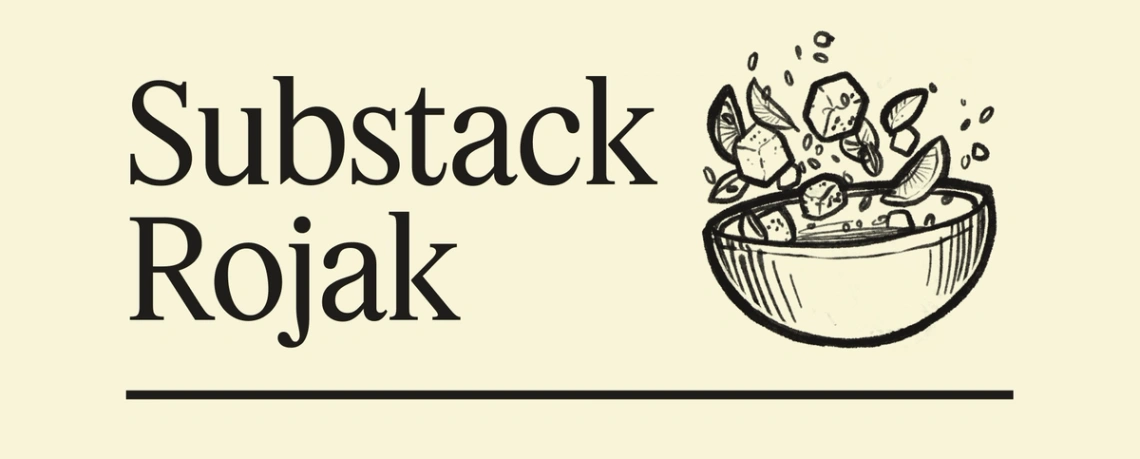 Rojak is a colloquial Malay word for “eclectic mix,” and is the name for a Javanese dish that typically combines sliced fruit and vegetables with a spicy dressing. Drifting to Jingdezhen Jingdezhen, known as China’s “porcelain capital,” is drawing in hundreds of young people, burned out by city hustle and in search for an artistic, laidback lifestyle. These self-proclaimed “Jing Drifters”–– a play on “Beijing Drifters,” referring to those who migrated to the capital for their careers — are discarding their full-time jobs to open cafés or ceramic workshops. On social media, they have romanticized the city’s inclusivity and slow pace of life, according to Radii China’s weekly newsletter. But the influx of newcomers to Jingdezhen has raised rents, pricing out longtime residents, including many elderly porcelain artists. “It’s sad that a wave of younger people is squeezing out local artisans, but it’s also inevitable,” one Jing Drifter said. “At least we, as a younger generation, can build something meaningful along the way to shape the future of this amazing city.” Look to the water The origins of Western music have largely been shaped by groups on the geographical and social fringes of Western culture. In his newsletter, The Honest Broker, music historian Ted Gioia draws a through-line between musical traditions among marginalized groups in West Asia and what we think of as Western music. Several musical modes including Lydian and Phrygian — types of scales considered core to Western classical music theory — were named after slave groups conquered by the Greeks in what is now modern-day Turkey. And the love songs associated with French troubadours originated from enslaved female singers in Baghdad. Their “deeply personal approach to singing about romantic love … only entered Europe via Spain after the Muslim conquest of the Iberian Peninsula.” Port cities on major waterways were especially crucial in the movement of musical culture: “Cultural historians rarely pay attention to water, but they really should,” Gioia writes. Type casting The ability to easily type Chinese characters on a QWERTY keyboard is an underrated technological feat. The Chinese “input method editor,” known as IME, can generate tens of thousands of characters. The innovation, which dates back to the 1940s, takes on even greater significance given that the present-day US-China competition over AI and electric vehicles absorbs “all headline buzz and pundit bloviation,” Jeffrey Ding wrote in the ChinAI Newsletter. In reviewing Thomas Mullaney’s new book, The Chinese Computer, Ding noted that for most of the 20th century, Chinese computing was slow to innovate. But Mullaney argued that the IME system helped China develop by acting as a “work around” to the challenges associated with processing complex Chinese text. Ding summarized it this way: “Chinese computing is the middle school boy with bad acne who is not very good at sports. Chinese IMEs are the sense of humor he develops in order to belong.” |